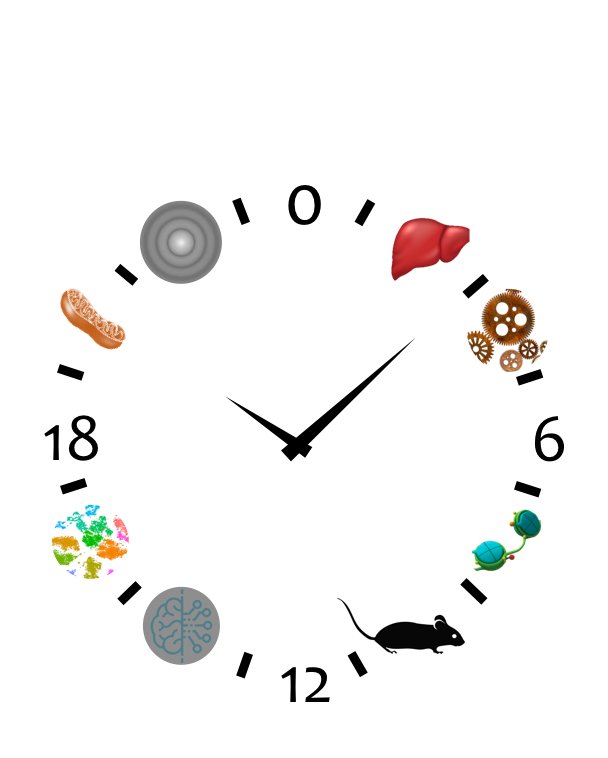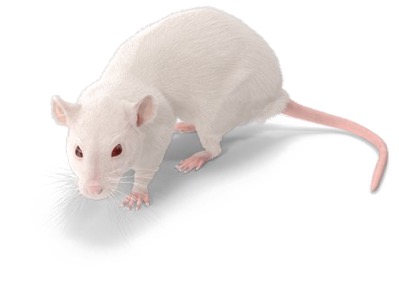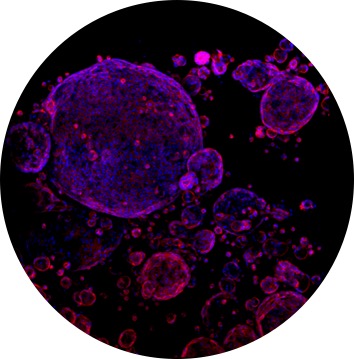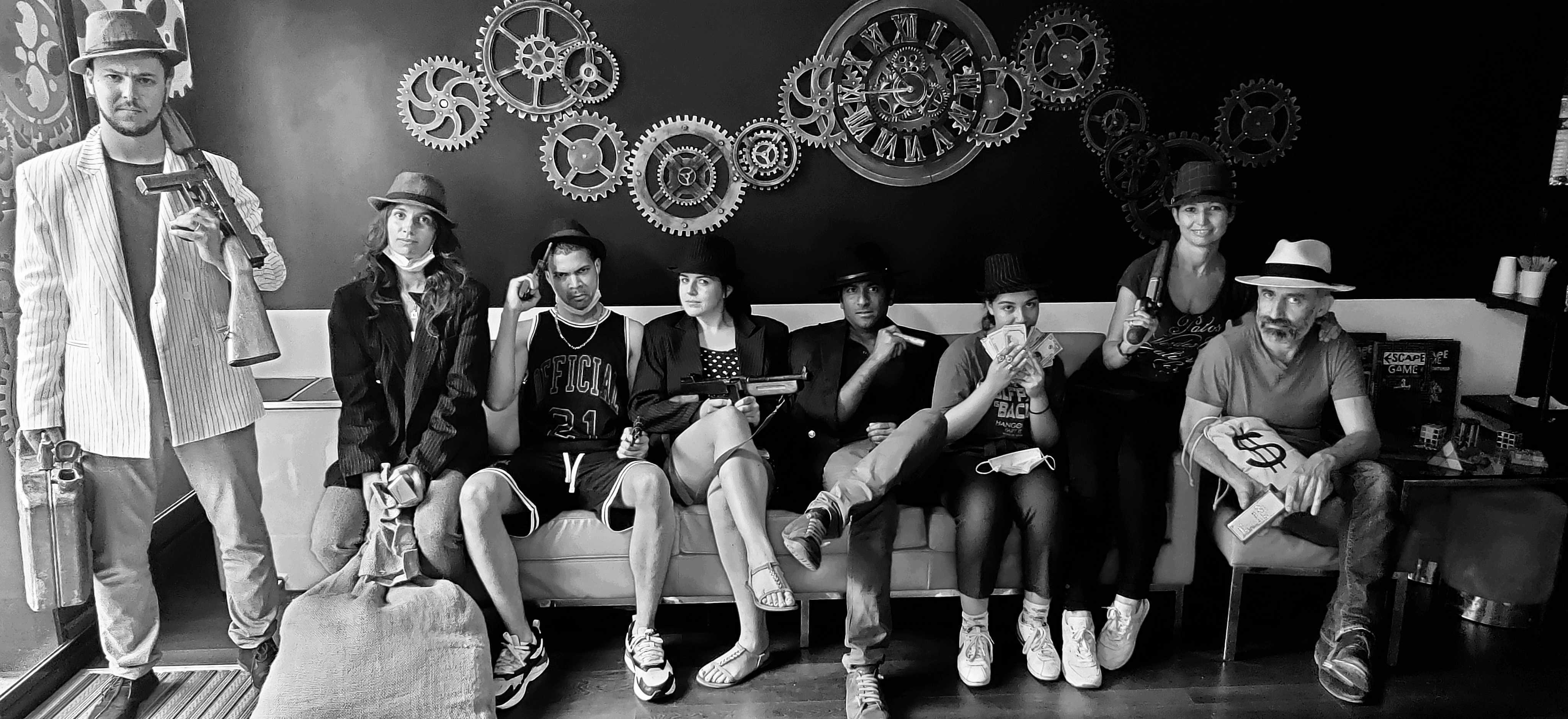Molecular and epigenetic regulation of biological clocks
We are HIRING! Postdoc, engineer positions available
|
|
Research Interests |
|---|
|
|
Questions we ask in our lab |
|---|
How is a circadian chromatin state established in mammalian tissues?
We are interested in understanding how specific chromatin environments are established around the clock. Second, how does the underlying chromatin architecture regulate the accessibility of core-clock transcriptional machinery to the genome. Do histone variants contribute to oscillator establishment and function?
What is the state of variant architecture in aging and during the course of metabolic liver disease?
|
|
Biological systems we investigate |
|---|
Mouse models, organoids and cell lines derived from wildtype, clock null, or variant null mice.
|
|
Methods we use |
|---|
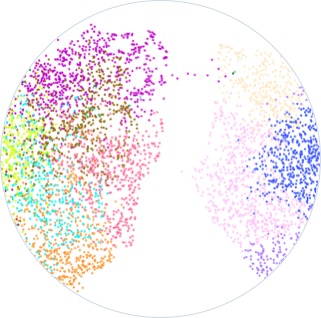
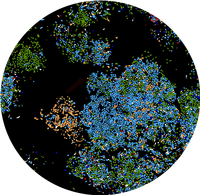

Real-time measurement of circadian rhythms in cells, organoids and living animals.
3rd generation (Illumina) and 4th generation (Oxford Nanopore) Direct RNA sequencing, ChIPseq, MNase-Seq etc.
Quantitative mass spectrometry.
Quantitative phase imaging coupled to (single-cell) RNAseq,
Confocal microscopy.
in the works: Multi-omics and slide-seq approaches as part of the Spatial-Cell ID program
|
|
|
|---|
Positions for Bioinformaticians (IE- study engineer or IR, Research Engineer) are immediately available (minimum requirement: Masters in Bioinformatics or equivalent).
PhD and Postdoc candidates can apply anytime on any of the projects described. Please send in a letter of interest with references.
|
|
|
|---|
Project INCA PLBio - 2024-2028 Anomaly detection with neural networks in Organoid models, partnering with CEA Leti
Project CHROMAGNON 2021-2025 where we investigate the evolution of chromatin structure over time using mathematical models and wet-lab experiments. Coordinated by Benjamin Audit at Laboratoire Physique, ENS Lyon and Jean-Ni Volff (IGFL).

Project REVEAL 2021-2025- an EU-funded multidisciplinary project that aims to develop an AI microscope capable of establishing biological timestamps.
The consortium led by Cedric Allier at the LETI, CEA Grenoble is developing neural networks that will be able to perceive and interpret cellular events in 2D and 3D live-cell phase imaging. Superimposition of single-cell omics information will be used to build data-enriched images. Partners include research groups of Wojciech Krause (WUT Poland), Luca Valenti (Policlinico Milano), Charo Robles (LMU), and industrial partners ALS (Jena) and Iprasense (France).
read more at: https://cordis.europa.eu/project/id/101016726
http://reveal-h2020.ai/
Pack Ambition International AURA
The region Auvergne-Rhone Alpes is helping us partner with the lab of Yutaka Suzuki (Lab. of Systems Genomics, University of Tokyo). The collaborators on the project additionally include Joel Richter (Univ. of Massachusetts Medical School) for investigating mRNA translational control mechanisms in Fragile-X disease and Bharath Ananthasubramaniam (Humboldt Univ.) with whom we interrogate the circadian clock using 4th generation sequencing technologies.
|
|
Current lab members |
|---|
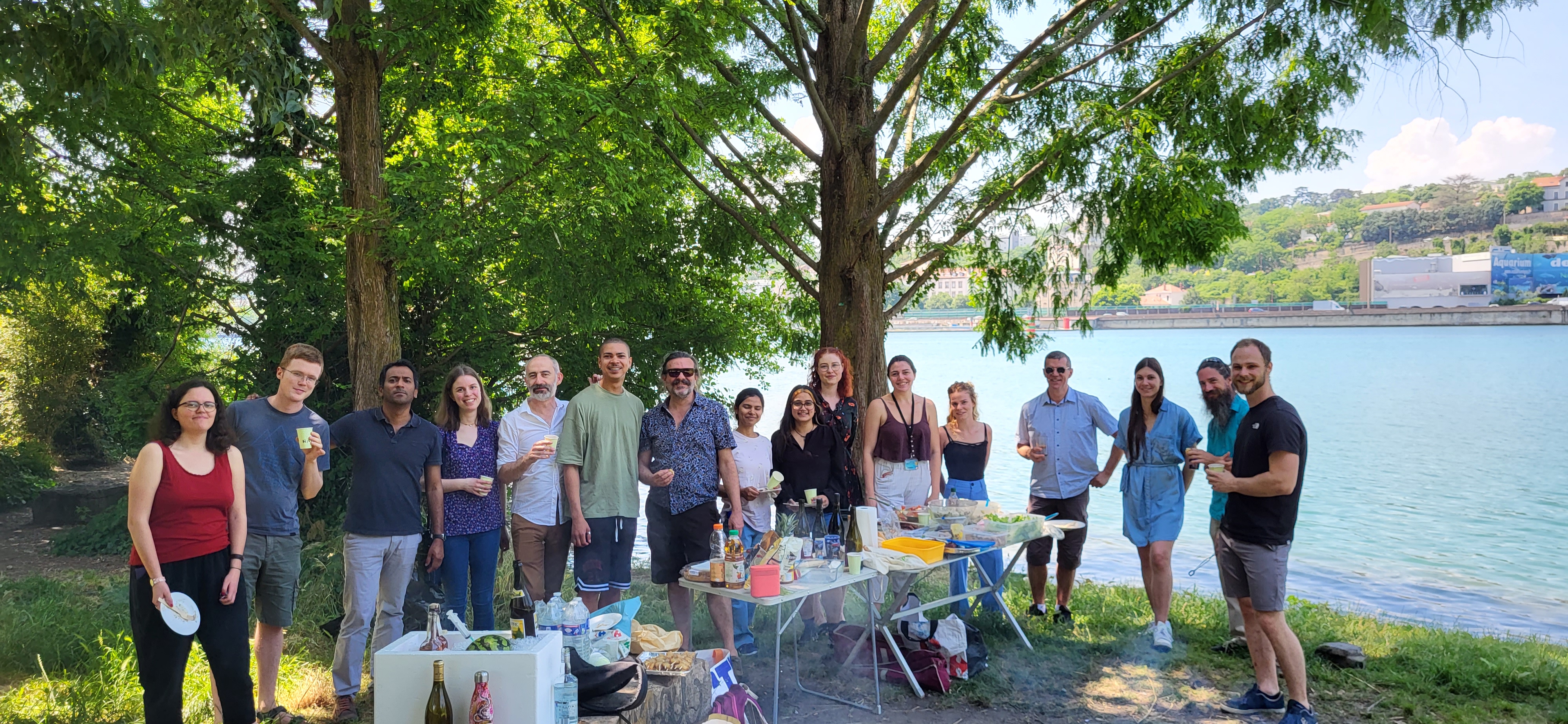
Frédèric Brunet (IGR, ENSL)
Alain Garces (INSERM CRCN)
Frederic Marmigere (CNRS CRCN)
Lies Chikhaoui (PhD)
Dominika LETKOVA (PhD)
Khushi Mamgain (PhD)
Fabien Sassolas (Hosted PhD student from Volff/Audit teams)
Kevin Tartour (Postdoc)
Jeremy Neri (AI)
Marie Fackeure (Study Engineer)
Kangkana Mitra (IE)
Damien SERY (Tech)
trainees: Viktorija Dauksaite, Clara Touchard
Former trainees/members:
Sanket Nagarkar (Postdoc)
Francesca Andriani (Study Engineer)
Juliette Chapignac (Masters)
Yevhenii Kostenko (Intern, ENS Lyon)
Pia Giraudet (Intern, ENS Lyon)
Dina Drabni (Internship)
Amandine CAVAROC (AI)
Pauline Abrial (AI)
Anuvind KG (M2, IISER Pune)
Jerome Poizat (3rd year, ESTBB Lyon)
Gonzalo Hernandez (M1, Univ Rennes)
Eric Folco (Postdoc)
Jugal Mohapatra (Summer Intern- IIT Kharagpur)
Yann Sakref (L3, ENS Lyon)
Sarah Heintz (Stagiare, 2nd yr, ESTBB)
Shannin Arenales Castillo (Masters student year 1), ENS Biosciences
Isahak Saidi (Masters student, year 2)
Lies Chikhaoui (M1 student, Univ Lyon)
Nicolas McAdams (M2 student, Univ Lyon)
Laurence Canaple (IR2, CNRS)
Aysegul Ors (PhD, Grenoble and Bilkent University)
Stella Chausheva (currently- PhD student, Medical University of Vienna)
Helene Boyer (PhD, ENS)
|
|
Publications |
|---|
2023
1. Touch receptor end-organ innervation and function requires sensory neuron expression of the transcription factor Meis2. Simon Desiderio, Fred Schwaller, Kevin Tartour, Kiran Padmanabhan, Gary R. Lewin, Patrick Carroll, Frederic Marmigere.
bioRxiv 2022.04.28.489889;doi:https://doi.org/10.1101/2022.04.28.489889
2022
2. Mammalian PERIOD2 regulates H2A.Z incorporation in chromatin to orchestrate circadian negative feedback. Kevin Tartour*, Francesca Andriani*, Eric G. Folco, Dominika Letkova, Raphael Schneider, Isahak Saidi, Tomoki Sato, Patrick-Simon Welz, Salvador Aznar Benitah, Cédric Allier and Kiran Padmanabhan, Nature Structure and Molecular Biology 2022 10.1038/s41594-022-00777-9 * co-first authors
3. CNN-based cell analysis: from image to quantitative representation Cédric Allier , Lionel Hervé, Chiara Paviolo, Ondrej Mandula, Olivier Cioni, William Pierré, Francesca Andriani, Kiran Padmanabhan and Sophie Morales, Frontiers in Physics, Optics and Photonics 2022.
4. The Clock Takes Shape—24 h Dynamics in Genome Topology. Tartour K and Padmanabhan K, Front. Cell Dev. Biol. Research topic: The 4th dimension of 3D chromatin organization. 9:799971. doi: 10.3389/fcell.2021.79997, 2022. (Review)
5. Oppositional Poly(A) Tail Length Regulation by FMRP and CPEB1. Jihae Shin*, Ki Young Paek*, Lies Chikhaoui*, Suna Jung, SitharaRaju Pony, Yutaka Suzuki, Kiran Padmanabhan, and Joel D. Richter, RNA 2022. doi: 10.1261/rna.079050.121 * co-first
2020
6. H2A.Z is dispensable for both basal and activated transcription in post-mitotic mouse muscles.
Belotti E, Lacoste N, Simonet T, Papin C, Padmanabhan K, Scionti I, Gangloff YG, Ramos L, Dalkara D, Hamiche A, Dimitrov S, Schaeffer L. Nucleic Acids Res. May 21;48(9):4601-4613. doi: 10.1093/nar/gkaa157, 2020.
2017
7. Desynchronization of Circadian clocks in Cancer : A metabolic and epigenetic connection. Padmanabhan K#. and Billaud M. Front Endocrinol, 8 :136. 2017. (Review)
8. Histone H3.3 regulates mitotic progression in mouse embryonic fibroblasts. Ors A, Papin C, Favier B, Roulland Y, Dalkara D, Ozturk M, Hamiche A, Dimitrov S and Padmanabhan K#. Biochemistry and Cell Biology, doi :10.1139/bcb-2016-0190. 2017.
2016
9. The flexible ends of CENP-A nucleosome are required for mitotic fidelity. Roulland Y , Ouararhni K , Naidenov M , Ramos L … , Padmanabhan K , Bednar J , Kurumizaka H, Schultz P, Angelov D , Hamiche A & Dimitrov S. Molecular Cell. 32081-7(16). 2016.
2014
10. ANP32E is a histone chaperone that removes H2A.Z from chromatin. Obri A, Ouararhni K, Papin C, Padmanabhan K, Marek M, Dimitrov S*, Romier C* and Hamiche A*. Nature. 505: 648-53. 2014.
Prior to 2012
11. Feedback regulation of transcriptional termination by the mammalian circadian clock PERIOD complex. Padmanabhan K, Robles M, Westerling T and Weitz CJ. Science. 337: 599-602. 2012. (104 citations)
12. Identification of RACK1 and protein kinase Calpha as integral components of the mammalian circadian clock. Robles M, Boyault C, Knutti D, Padmanabhan K and Weitz CJ. Science. 327: 463-6, 2010.
13. Pumilio-2 controls translation by competing with eIF4e for 7-methyl guanosine cap recognition.Cao Q, Padmanabhan K and Richter JD. RNA. 16(2):338-48, 2010.
14. Translational unmasking of Emi2 directs cytostatic factor arrest in meiosis II. Tung JJ*, Padmanabhan K*, Hansen D, Richter JD and Jackson P. Cell Cycle 6 (6): e1-e7, 2007. (*equal contribution)
15. Regulated Pumilio-2 binding controls RINGO/Spy mRNA translation and CPEB activation. Padmanabhan K and Richter JD. Genes Dev. 20 (2): 199-209, 2006.
16. A preliminary investigation of modified alginates as a matrix for gene transfection in a HeLa cell model. Padmanabhan K and Smith TJ. Pharm Dev Technol 7 (1): 97-101, 2002.
|
Postdocs and students who are interested in joining the lab should send:
|
|---|
Funding sources





